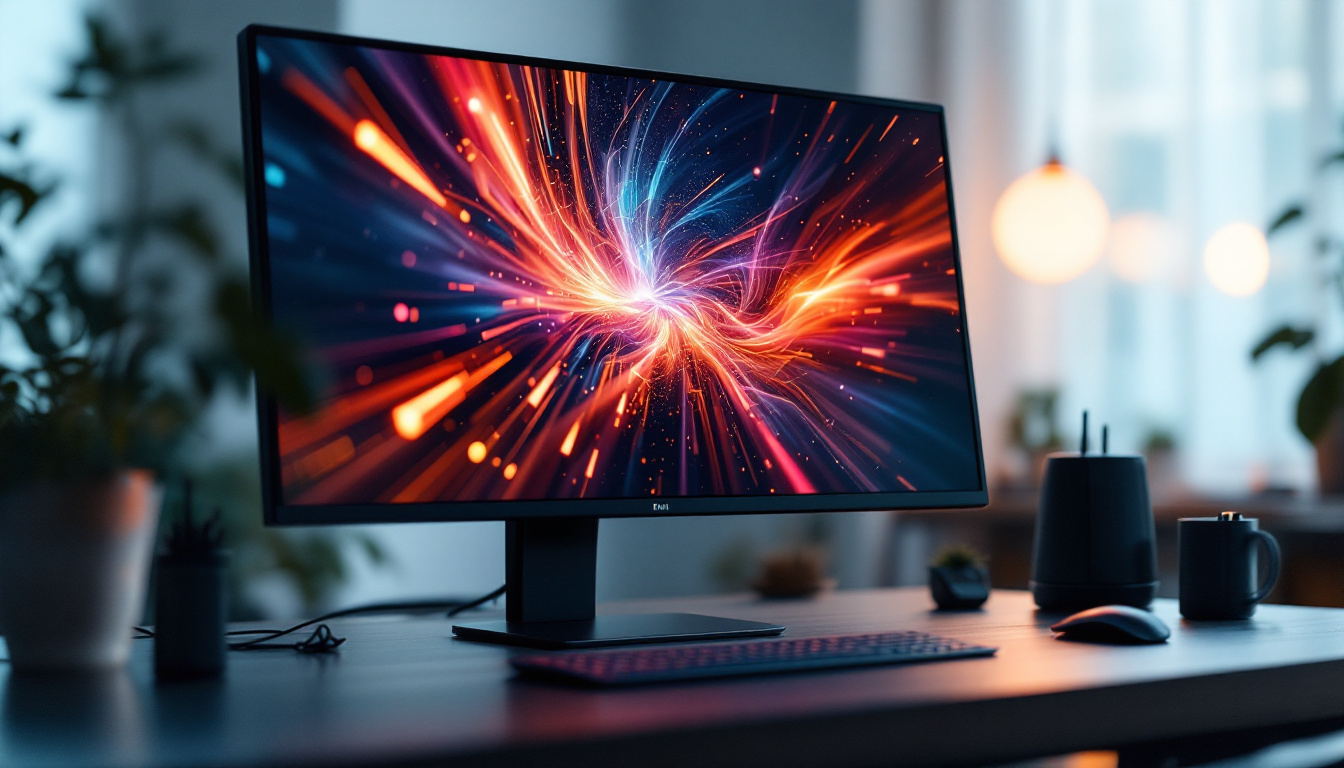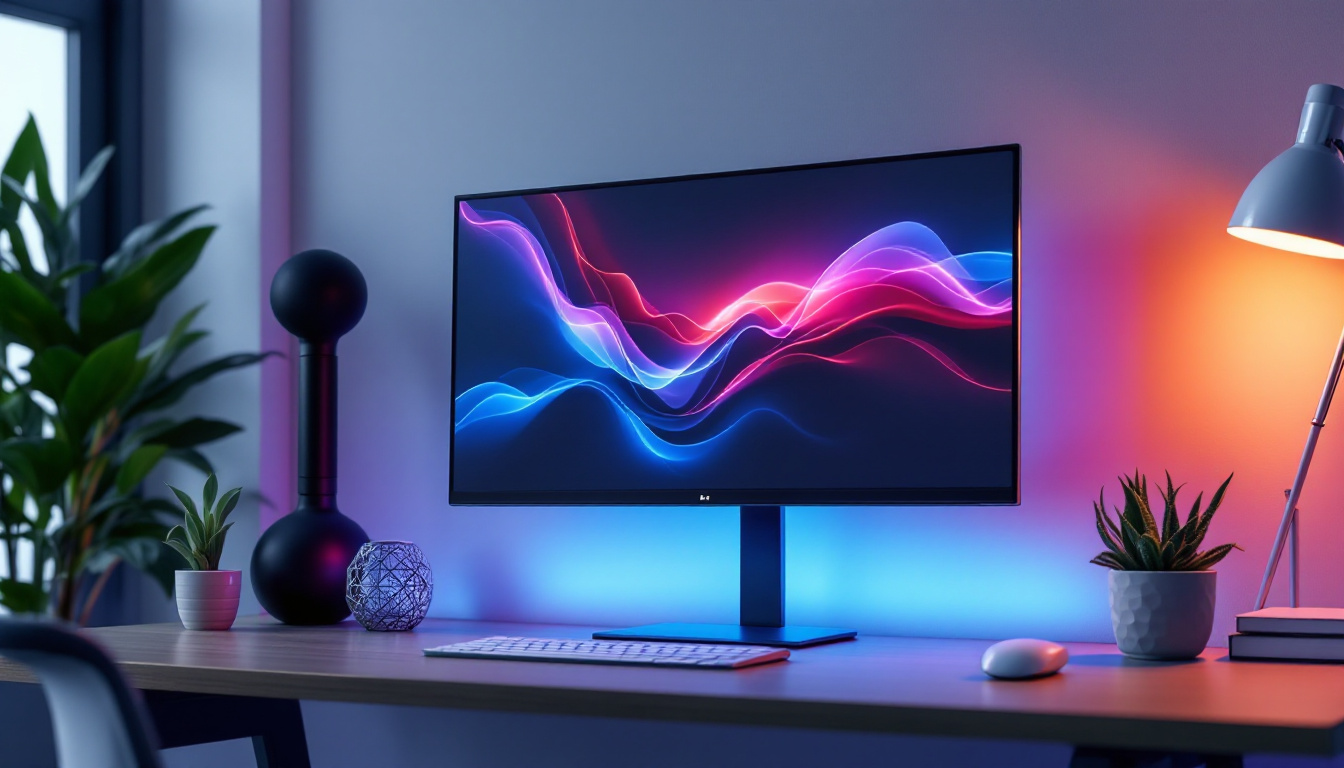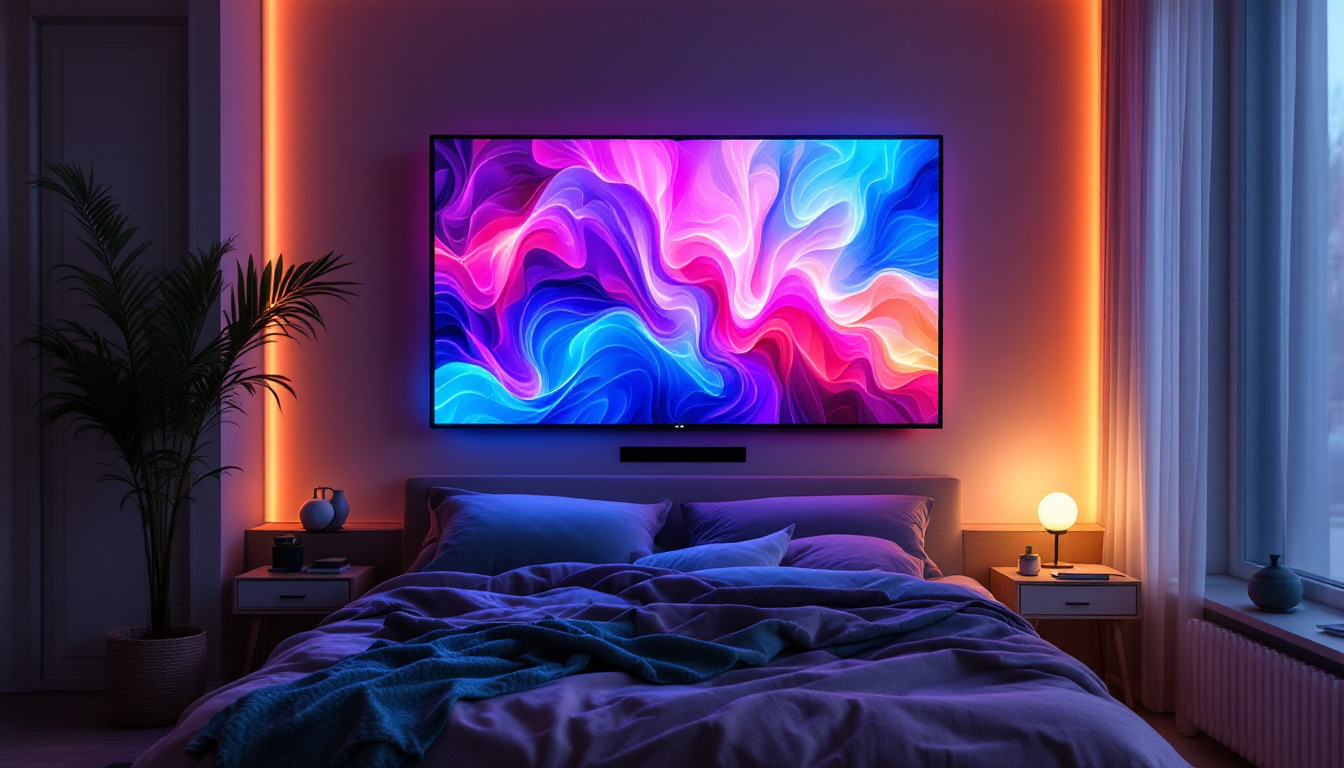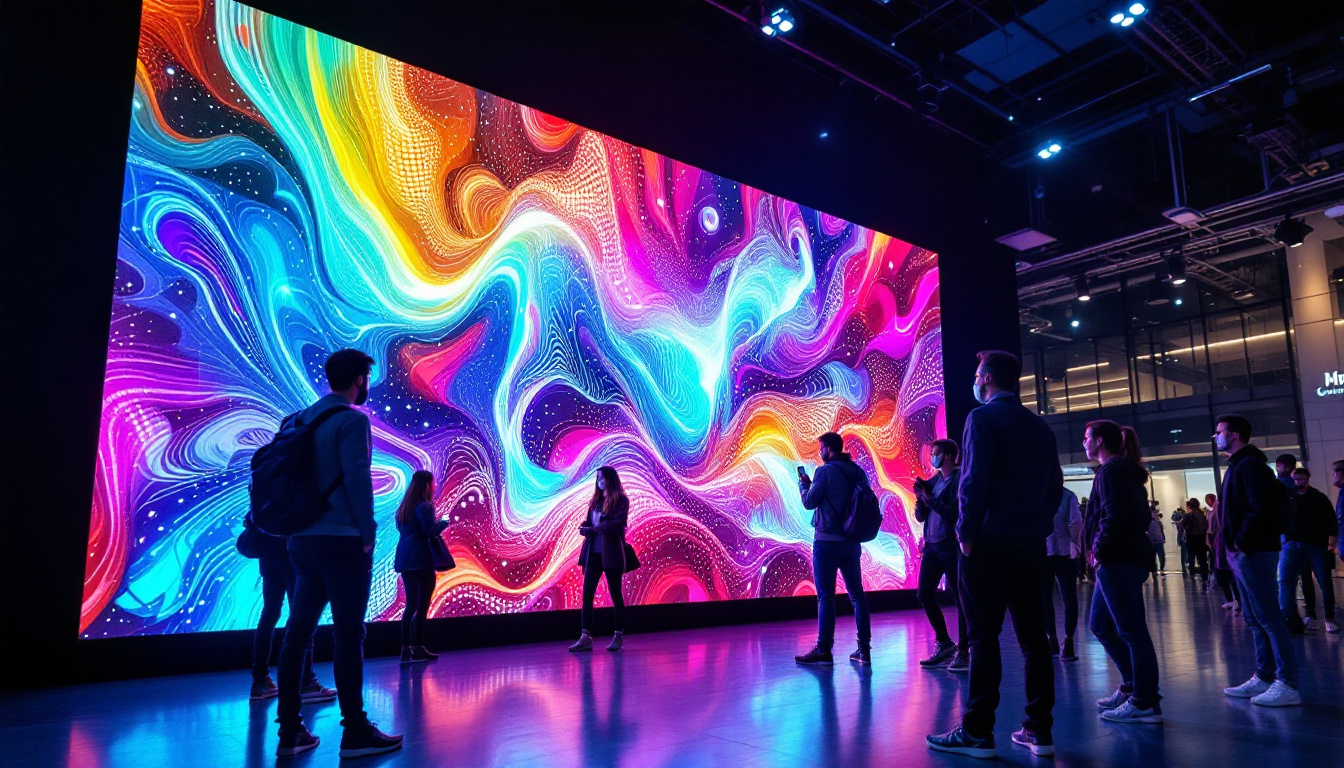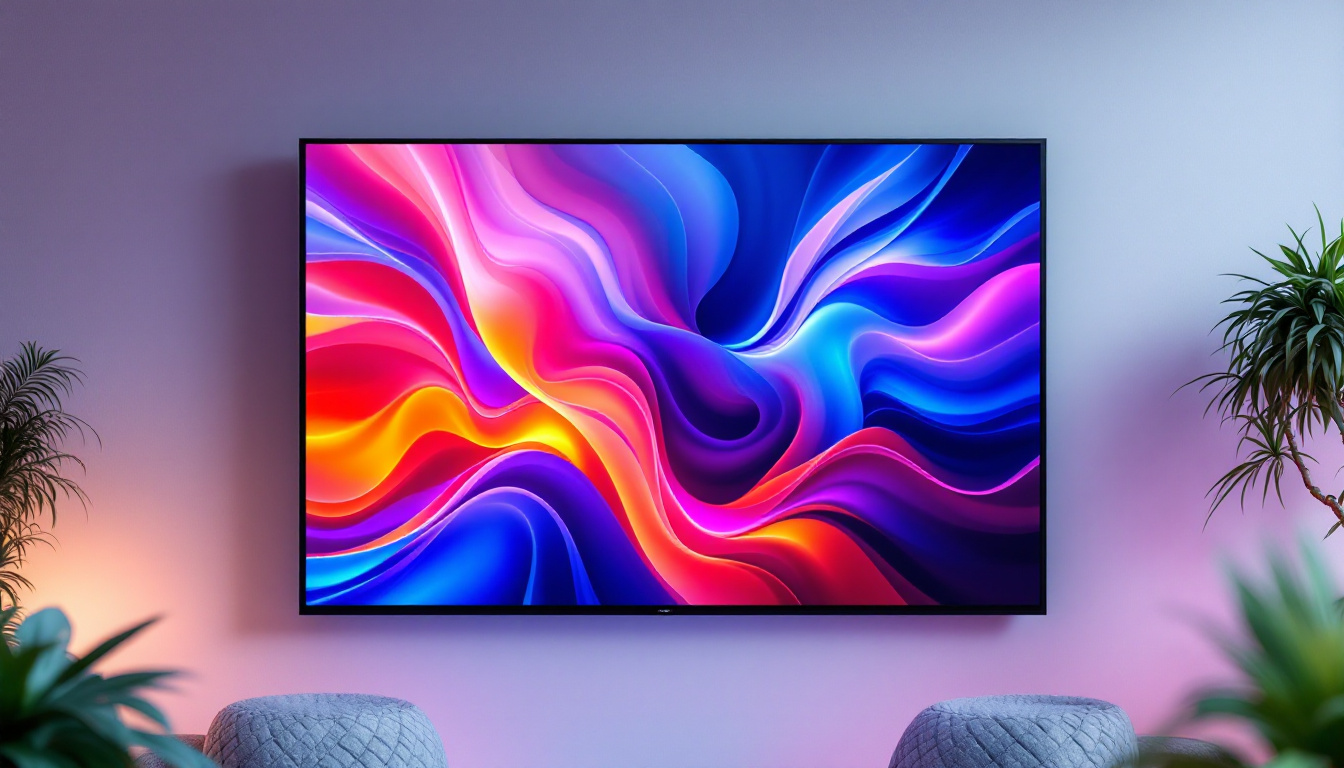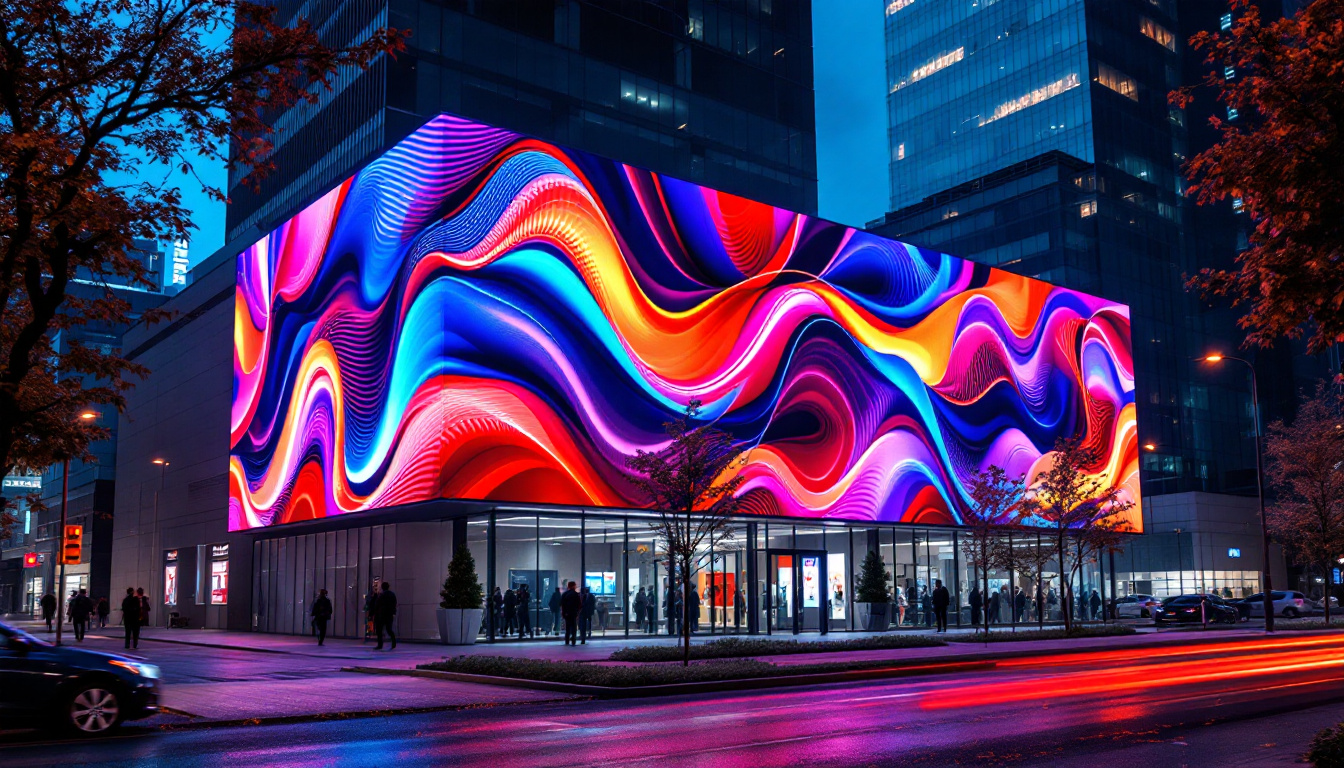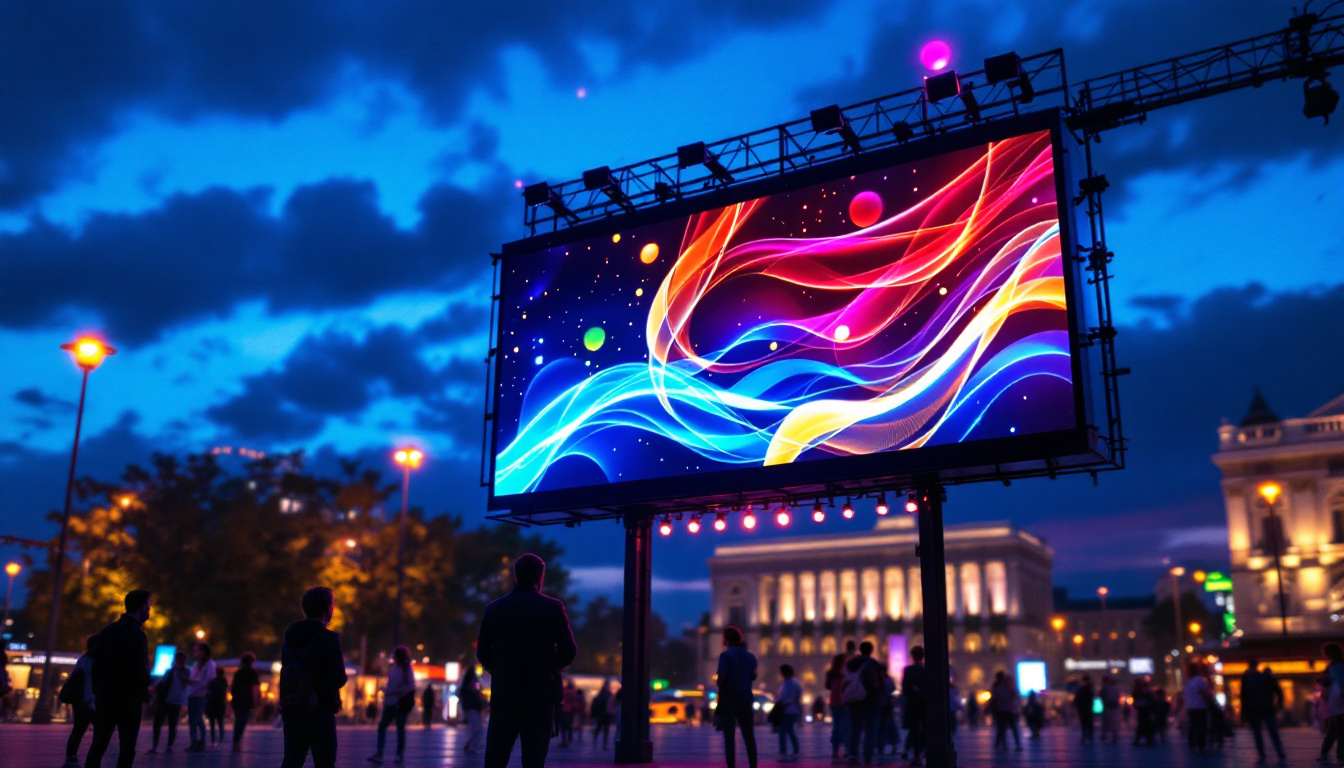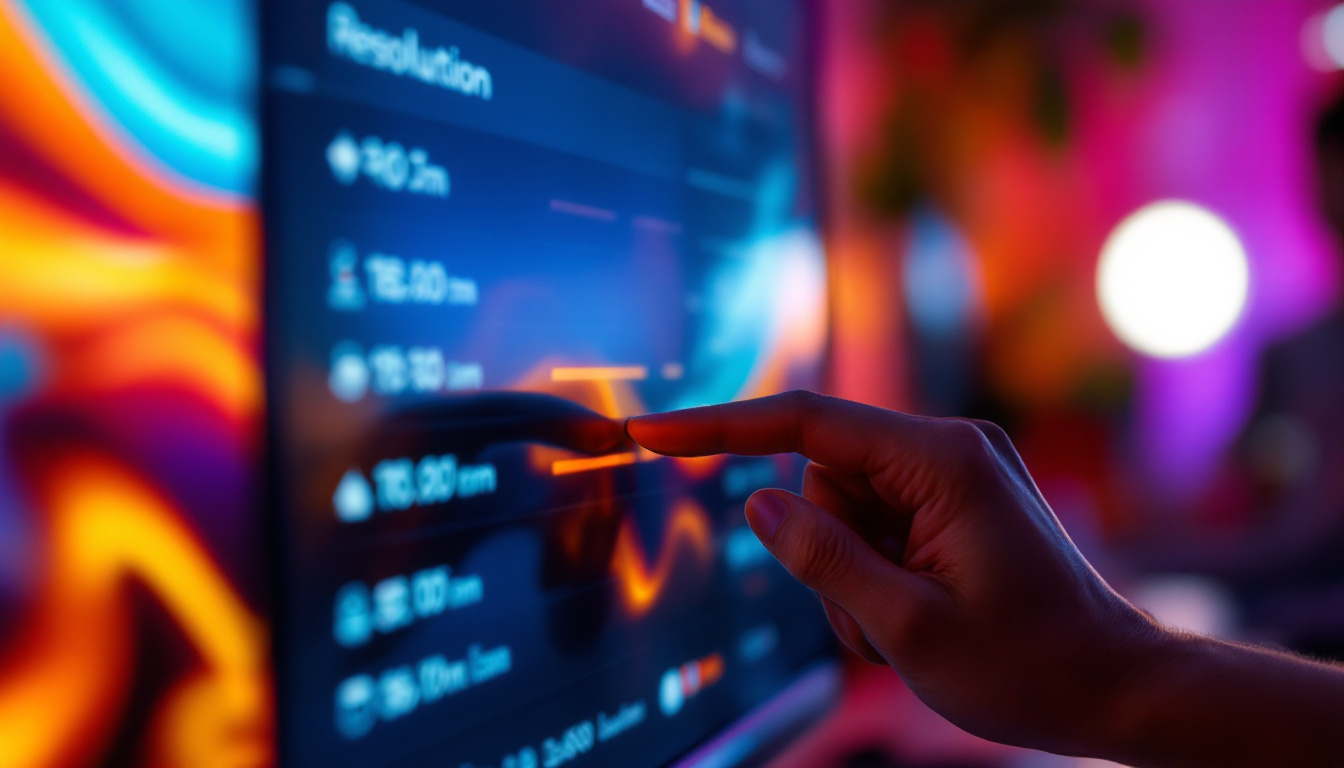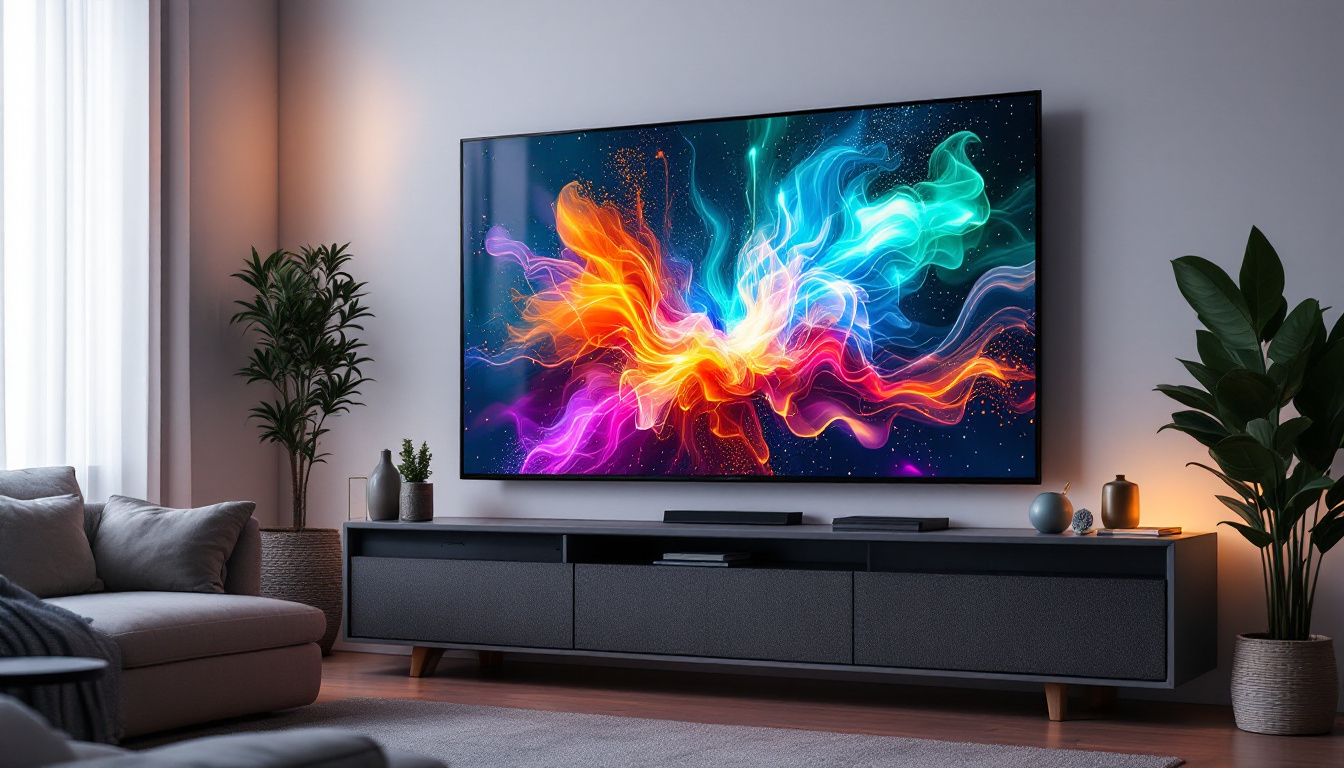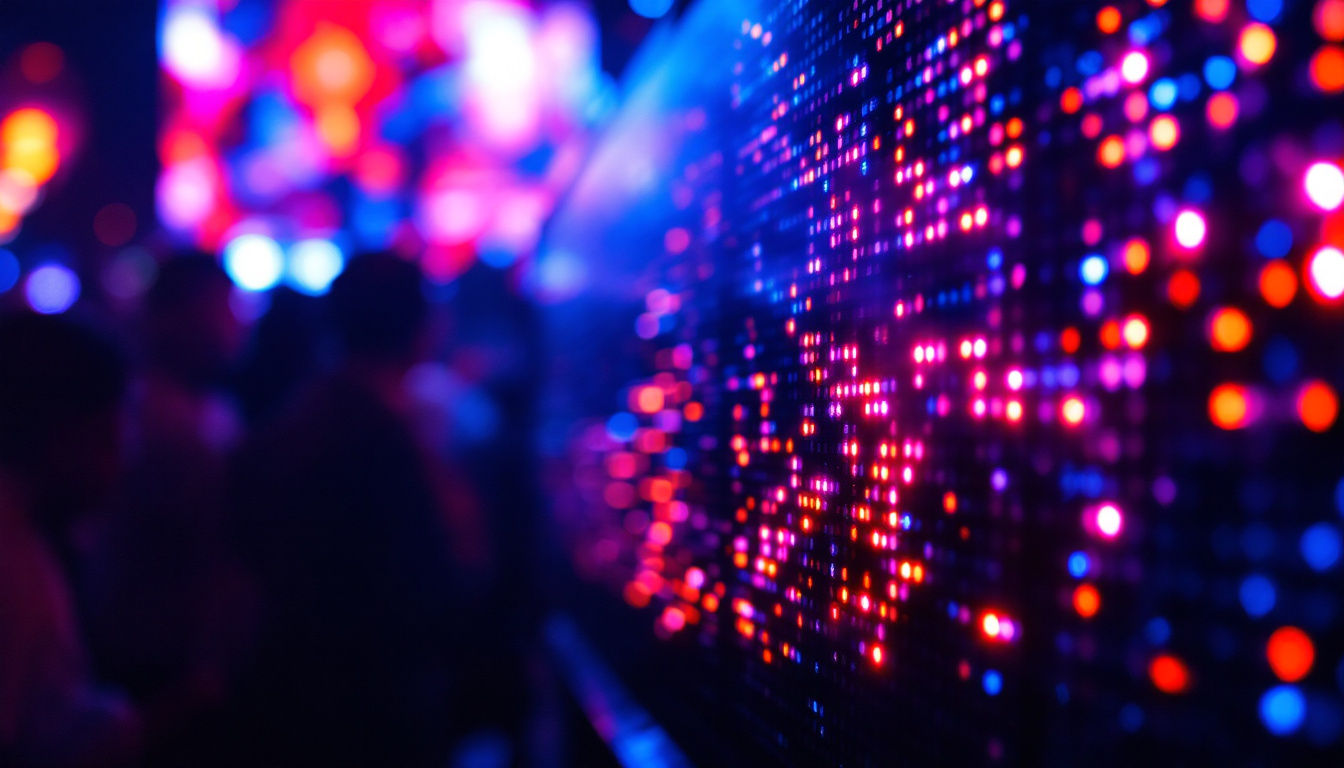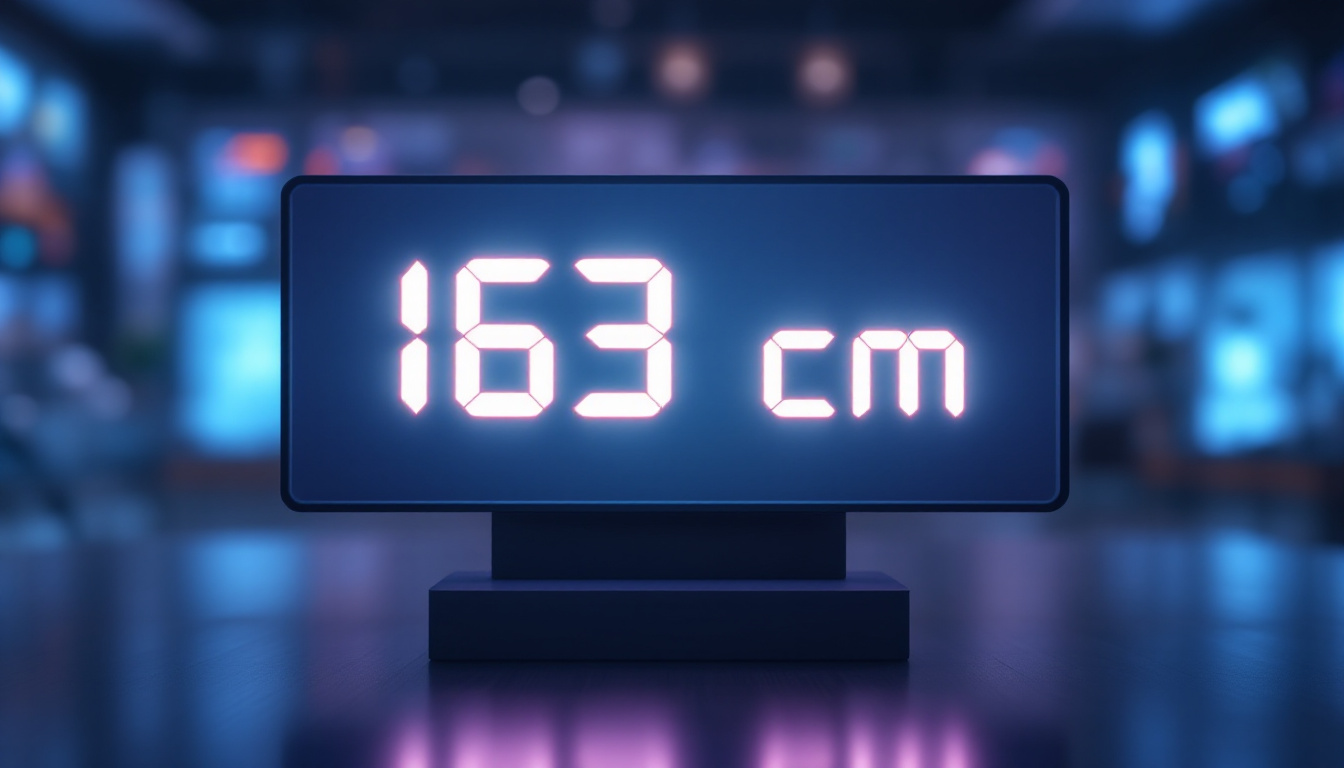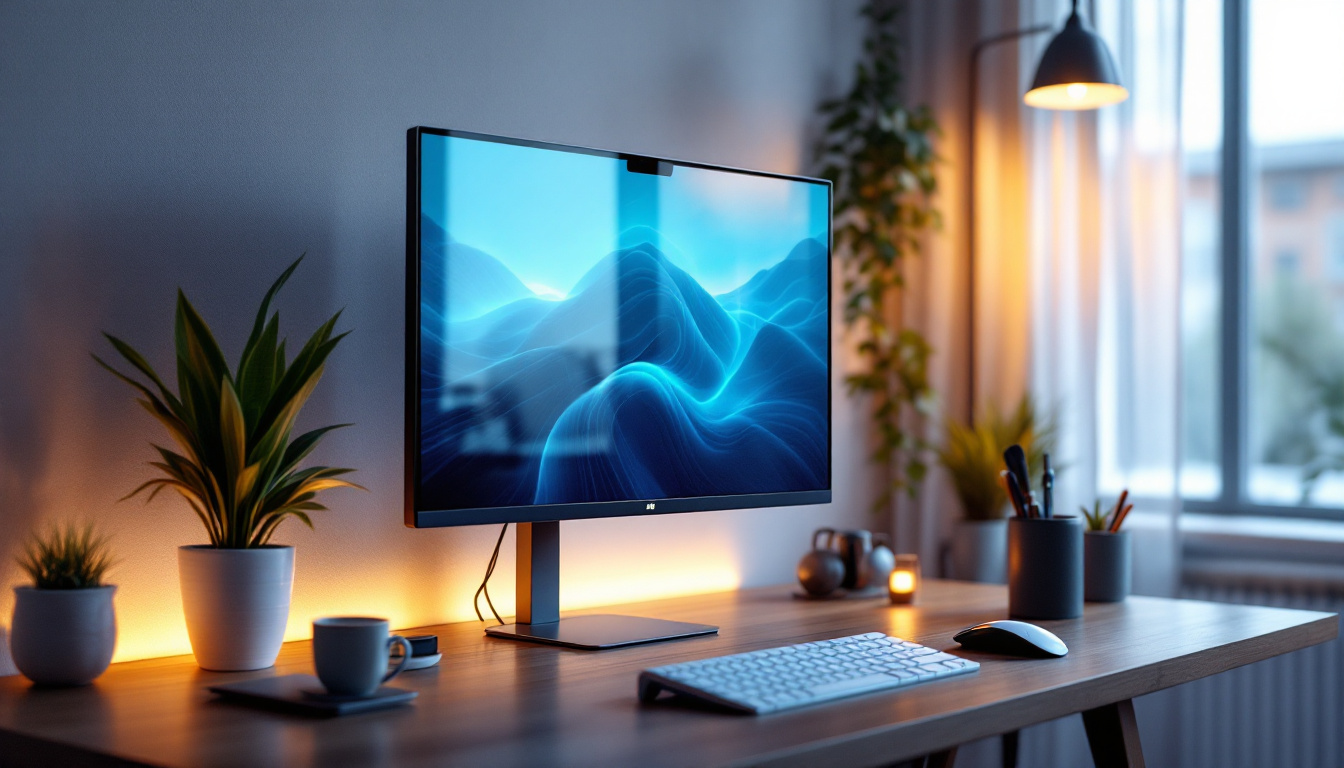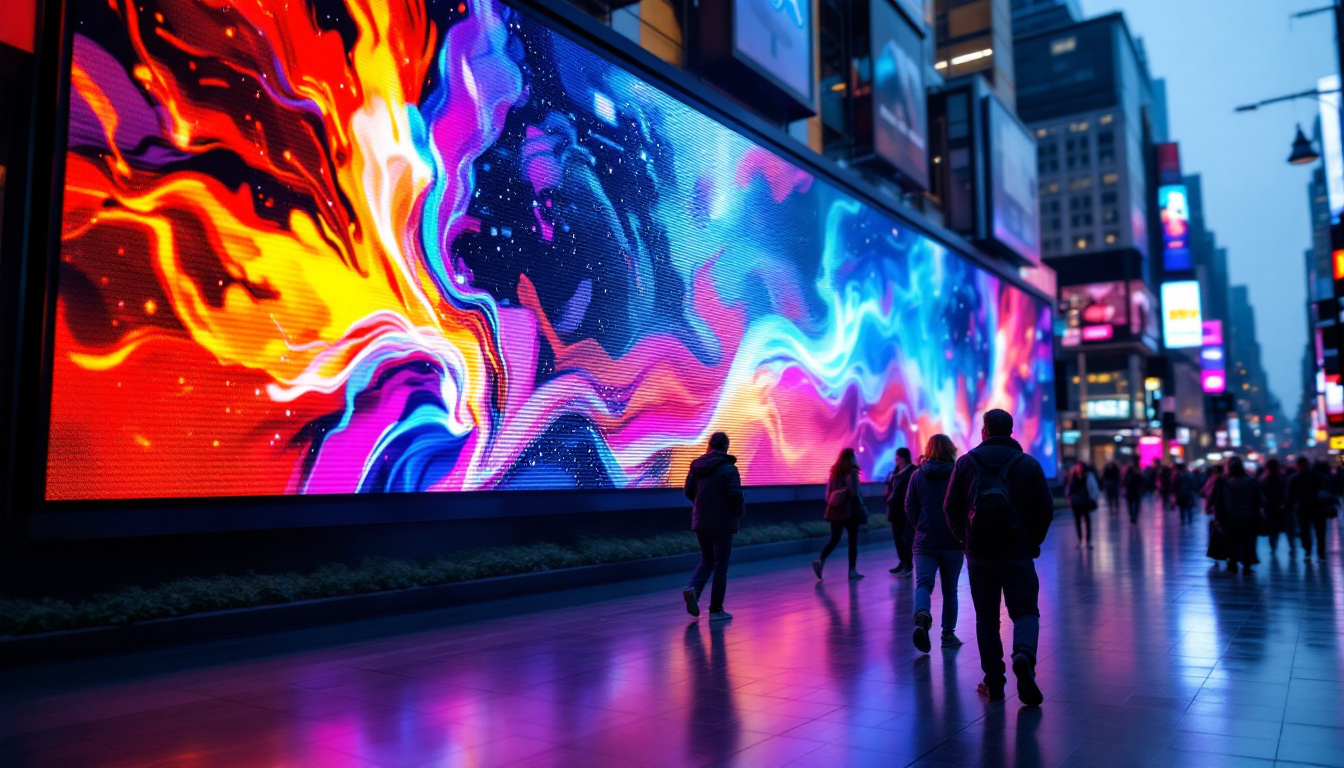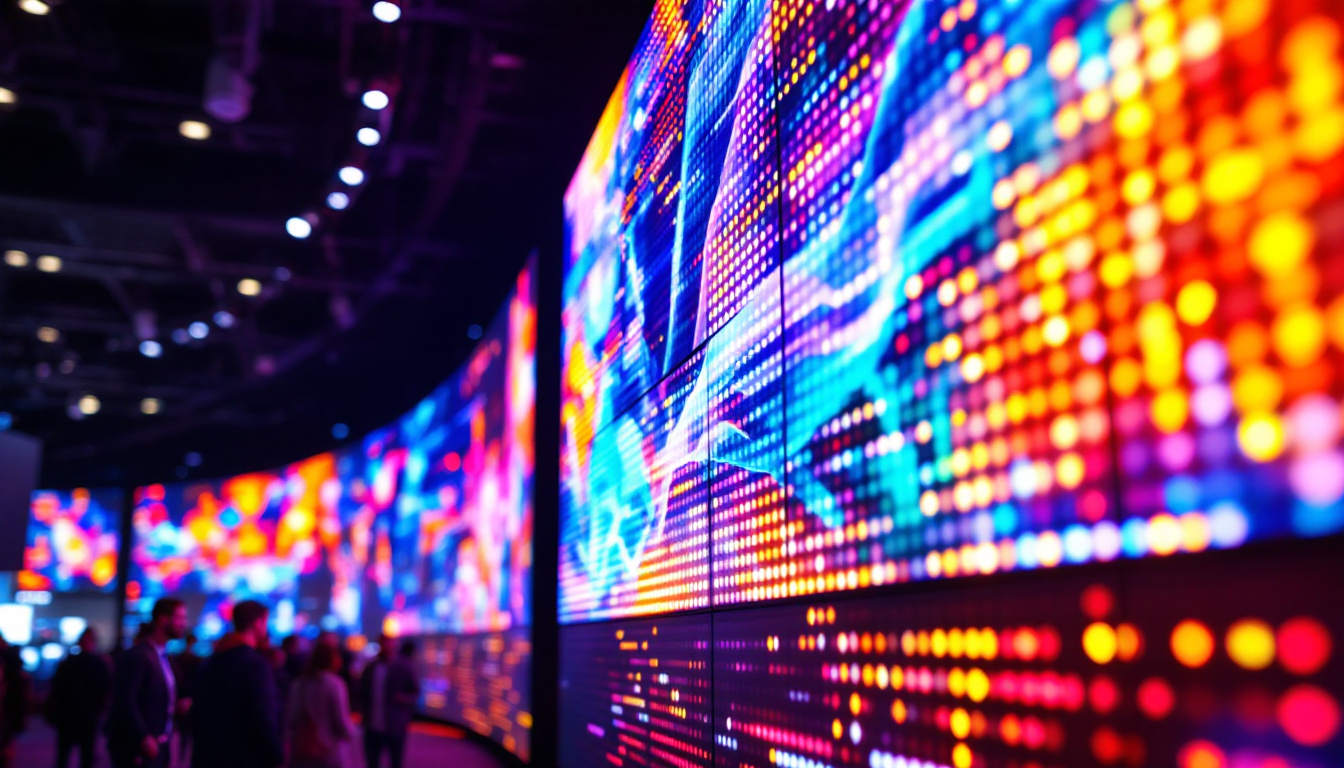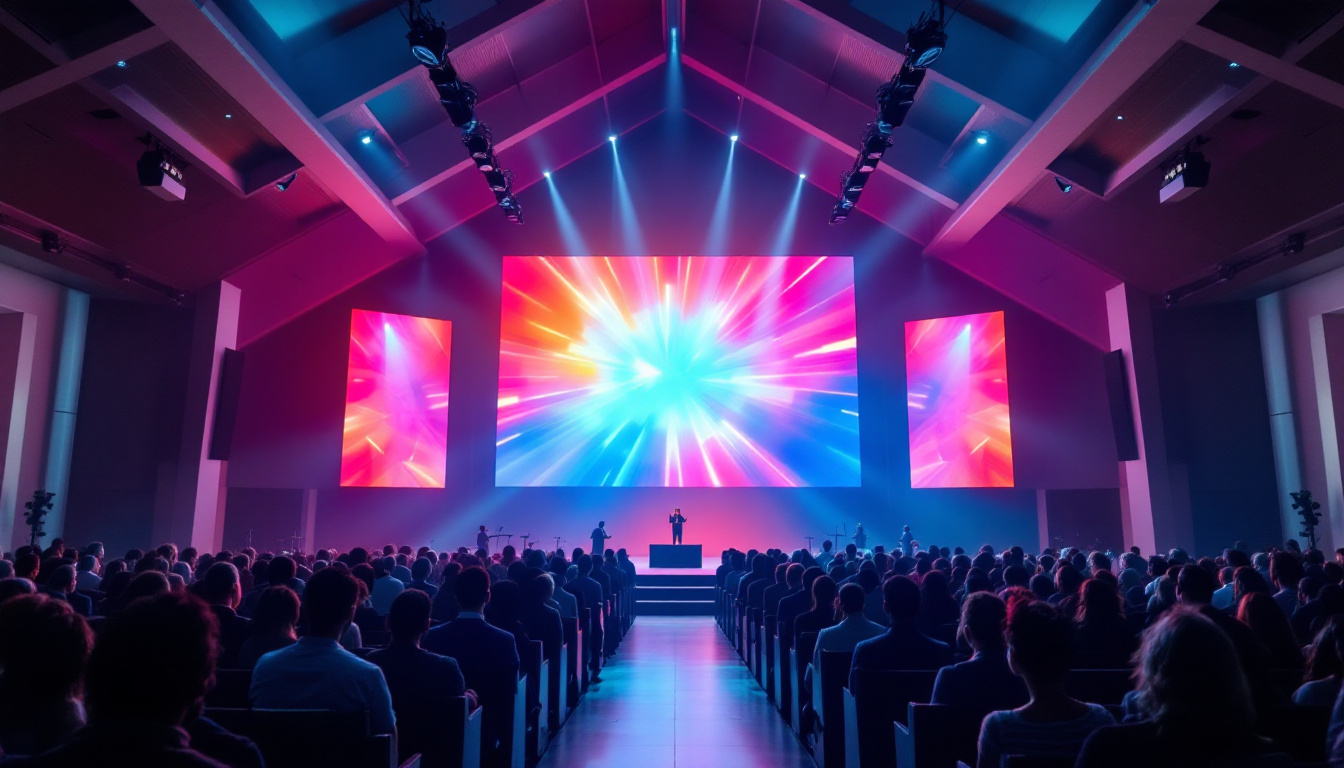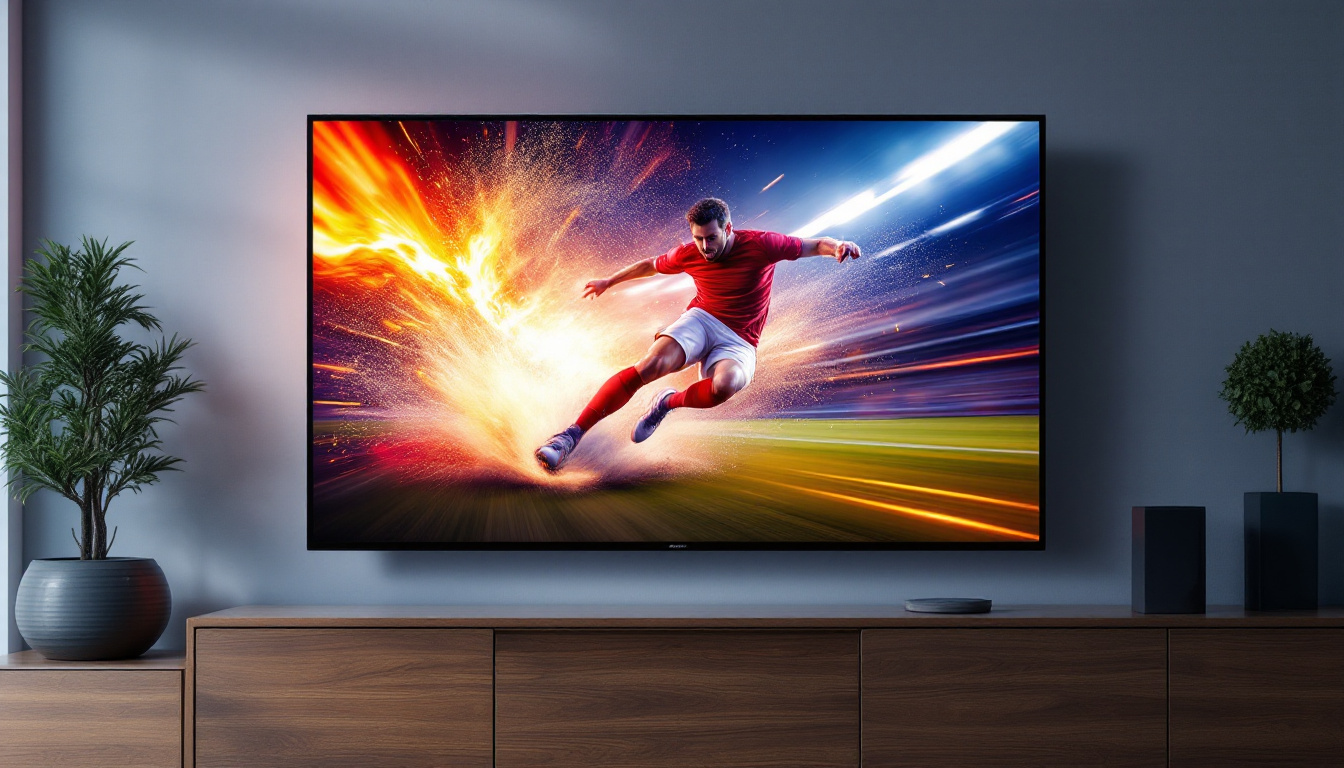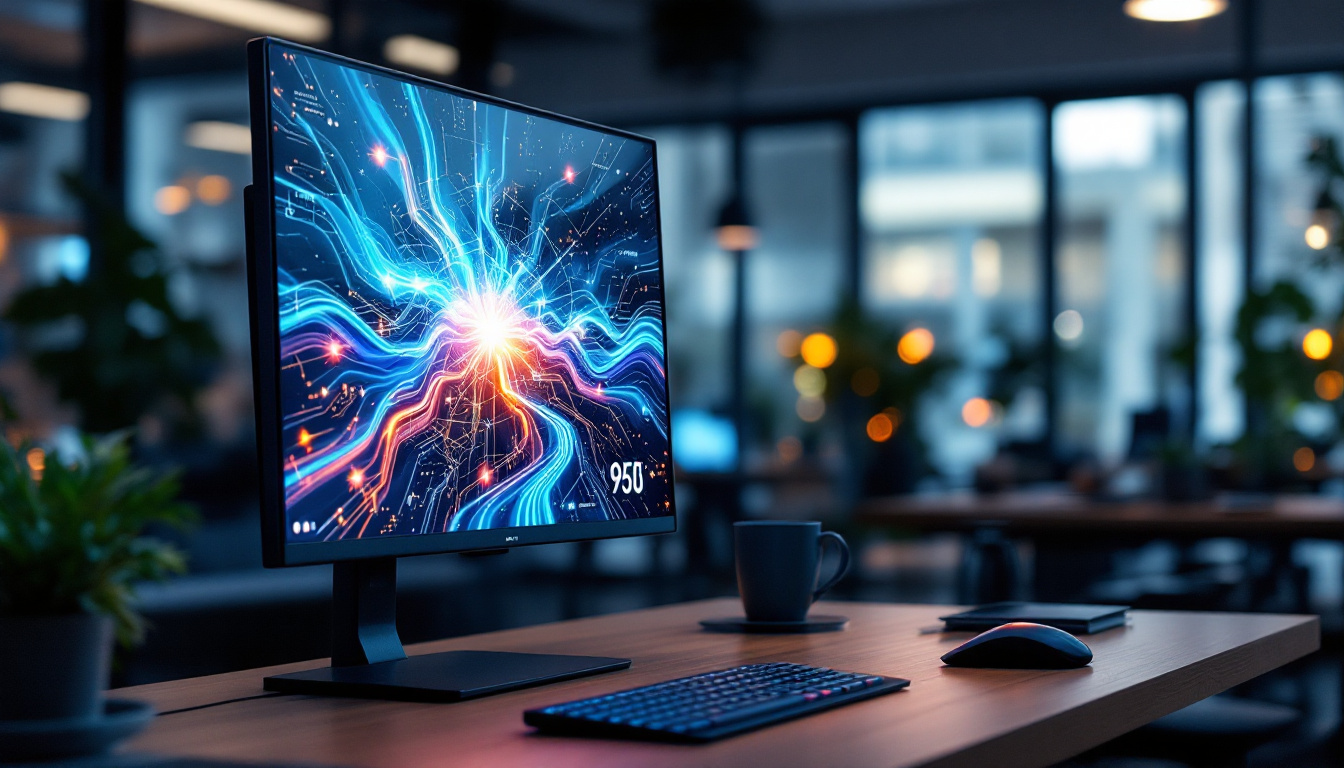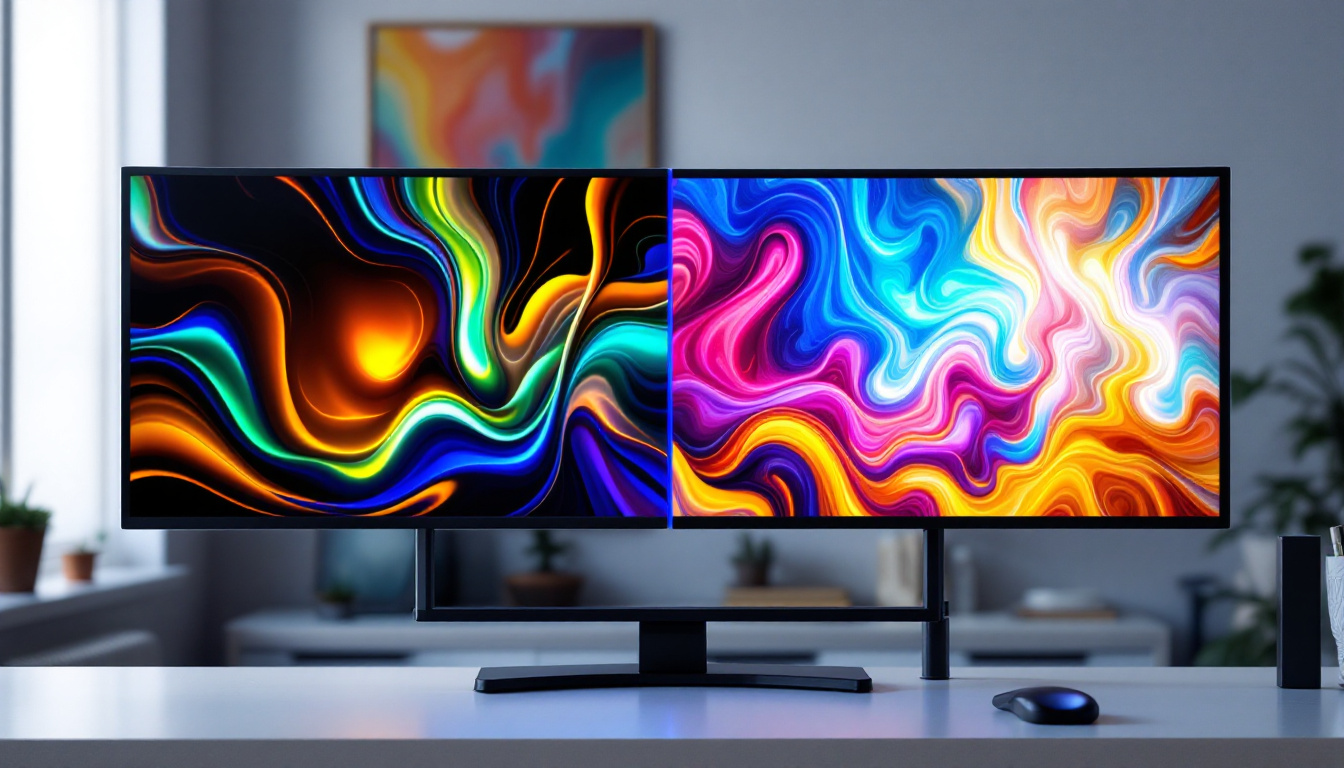In the realm of modern technology, LCD monitors have become a staple for both personal and professional use. The shift from traditional CRT displays to LCD (Liquid Crystal Display) technology has revolutionized how we view content, offering sharper images and more efficient energy consumption. However, with the plethora of options available, understanding the intricacies of LCD monitor sizes and the role of LED (Light Emitting Diode) technology can be daunting. This article aims to clarify these concepts, providing insights into how they affect performance and user experience.
Understanding LCD Technology
LCD technology operates on the principle of manipulating light through liquid crystals. These crystals do not emit light by themselves; instead, they require a backlight to illuminate the display. This is where LED technology comes into play, enhancing the overall performance of LCD monitors. The combination of liquid crystals and backlighting creates a vibrant visual experience, making LCDs a popular choice for everything from televisions to computer monitors.
How LCD Works
At its core, an LCD monitor consists of a liquid crystal layer sandwiched between two glass panels. When an electric current passes through the liquid crystals, they align in a way that either blocks or allows light to pass through. This process creates the images that users see on their screens. The clarity and color accuracy of the display are influenced by the quality of the liquid crystals and the backlighting technology used. Moreover, advancements in LCD technology have led to the development of high-definition displays, which offer sharper images and more vivid colors, making them ideal for graphic design, gaming, and multimedia consumption.
The Role of Backlighting
Backlighting is crucial for LCD monitors, as it provides the necessary illumination for the display. Traditional LCDs used cold cathode fluorescent lamps (CCFL) for backlighting, but LED technology has largely replaced this method. LED backlighting offers several advantages, including improved energy efficiency, thinner designs, and better color reproduction. There are two main types of LED backlighting: edge-lit and full-array, each with its own set of benefits. Edge-lit displays are typically slimmer and lighter, making them suitable for portable devices, while full-array backlighting allows for more precise control over brightness and contrast, resulting in deeper blacks and a more dynamic range of colors.
Additionally, the evolution of backlighting technology has led to innovations such as local dimming, which enhances contrast by adjusting the brightness of specific areas of the screen independently. This feature is particularly beneficial for watching movies or playing video games, as it can create a more immersive viewing experience. As manufacturers continue to refine LCD technology, the integration of features like HDR (High Dynamic Range) support has become more common, allowing for an even broader spectrum of colors and improved detail in both shadows and highlights. This ongoing development ensures that LCD technology remains relevant and competitive in a market increasingly dominated by OLED displays.
LCD Monitor Sizes: What to Consider
When selecting an LCD monitor, size is one of the most significant factors to consider. Monitor sizes are typically measured diagonally, and they can range from compact models suitable for small workspaces to large displays ideal for gaming or professional graphic design.
Common Sizes and Their Uses
LCD monitors come in various sizes, usually ranging from 21 inches to over 40 inches. Smaller monitors, around 21 to 24 inches, are often used for basic tasks such as web browsing and document editing. Mid-sized monitors, between 24 to 32 inches, are popular for gaming and multimedia consumption, providing an immersive experience without overwhelming the viewer.
For professionals in fields like graphic design, video editing, or software development, larger monitors, 32 inches and above, can enhance productivity by allowing for multiple windows to be open simultaneously. Additionally, ultra-wide monitors have gained popularity, offering a panoramic view that can replace a multi-monitor setup. These ultra-wide displays can often accommodate side-by-side applications, making them perfect for tasks that require extensive data analysis or creative workflows where multiple software tools are used concurrently.
Aspect Ratios and Their Impact
Another important aspect of monitor size is the aspect ratio, which describes the proportional relationship between the width and height of the display. The most common aspect ratios are 16:9 and 21:9. A 16:9 aspect ratio is standard for most monitors and is ideal for watching movies and playing games. In contrast, a 21:9 aspect ratio offers a wider field of view, making it suitable for immersive gaming and multitasking.
Moreover, some monitors come with unique aspect ratios tailored for specific tasks. For instance, a 4:3 aspect ratio is often favored in professional environments where legacy applications are still in use, providing a more traditional viewing experience. Additionally, monitors with a 32:9 aspect ratio are emerging, which mimic the experience of dual monitors without the bezels, providing an uninterrupted visual space that is particularly beneficial for gamers and content creators who thrive on expansive digital landscapes. This versatility in aspect ratios allows users to choose a monitor that best fits their specific needs, enhancing both functionality and enjoyment.
Benefits of LED Displays
LED displays have transformed the landscape of LCD technology, providing numerous benefits over traditional LCD monitors. Understanding these advantages can help users make informed decisions when purchasing a new monitor.
Improved Energy Efficiency
One of the most significant benefits of LED displays is their energy efficiency. LED backlighting consumes less power than CCFLs, resulting in lower electricity bills and a reduced carbon footprint. This efficiency is especially beneficial for users who spend long hours in front of their screens, as it can lead to substantial energy savings over time. Moreover, many LED displays come with features such as automatic brightness adjustment, which further optimizes energy consumption by adapting to the ambient light conditions in the room. This not only enhances user comfort but also contributes to even greater energy savings.
Enhanced Color Accuracy and Brightness
LED technology also improves color accuracy and brightness levels. With better control over the backlighting, LED displays can produce more vibrant colors and deeper blacks, enhancing the overall viewing experience. This is particularly important for graphic designers and photographers who rely on accurate color representation in their work. Additionally, the wide color gamut offered by many LED displays allows for a richer visual experience, making them ideal for video editing and gaming. The ability to display a broader range of colors means that users can enjoy more lifelike images, which is essential for both professional and entertainment purposes.
Thinner and Lighter Designs
Another advantage of LED displays is their slim profile. LED backlighting allows manufacturers to create thinner and lighter monitors, making them more aesthetically pleasing and easier to transport. This is particularly beneficial for users who frequently move their monitors or require a more minimalist workspace. Furthermore, the reduced weight of LED displays often means that they can be mounted on walls or used with adjustable stands without compromising stability. This flexibility not only enhances the overall ergonomics of the workspace but also allows users to customize their setup to suit their individual preferences and needs.
Longer Lifespan
In addition to the previously mentioned benefits, LED displays are known for their longevity. Unlike traditional LCD monitors that may suffer from backlight degradation over time, LED technology typically offers a longer lifespan, often exceeding 50,000 hours of use. This durability means that users can enjoy their monitors for years without significant loss in performance or quality. For businesses and professionals, this translates to lower replacement costs and less frequent disruptions, making LED displays a smart investment in the long run.
Better Environmental Impact
LED displays also contribute positively to environmental sustainability. Many LED monitors are designed with recyclable materials and are free from harmful substances such as mercury, which is commonly found in older display technologies. This eco-friendly approach not only helps in reducing electronic waste but also aligns with the growing consumer demand for environmentally responsible products. As more manufacturers adopt sustainable practices in the production of LED displays, users can feel good knowing that their choice contributes to a healthier planet.
Choosing the Right Monitor Size for Your Needs
Selecting the right monitor size involves considering several factors, including the intended use, available space, and personal preferences. Understanding these elements can help users find a monitor that meets their specific needs.
Assessing Your Workspace
Before purchasing a monitor, it is essential to assess the available workspace. A larger monitor may be ideal for a spacious desk, but it can overwhelm a smaller area. Consider measuring the space where the monitor will be placed to ensure it fits comfortably without crowding the workspace.
Determining Your Primary Use
Identifying the primary use of the monitor is crucial in determining the appropriate size. For general office tasks, a 24-inch monitor may suffice, while gamers might prefer a larger screen for an immersive experience. Professionals in creative fields may benefit from larger displays that provide ample screen real estate for multitasking.
Future Trends in LCD and LED Technology
The display technology landscape is continuously evolving, with advancements in LCD and LED technologies promising exciting developments in the future. Keeping an eye on these trends can help consumers stay informed and make better purchasing decisions.
Higher Resolutions and Refresh Rates
As technology progresses, higher resolutions such as 4K and even 8K are becoming more common in LCD monitors. These resolutions offer stunning clarity and detail, enhancing the viewing experience for gamers and content creators alike. Coupled with higher refresh rates, these monitors can provide smoother motion and reduce motion blur, making them ideal for fast-paced gaming.
Quantum Dot Technology
Quantum dot technology is another exciting advancement in display technology. This innovation enhances color accuracy and brightness by using tiny semiconductor particles that emit specific colors when illuminated. Monitors equipped with quantum dot technology can produce a wider color gamut, resulting in more vibrant images and improved overall performance.
Conclusion
Understanding LCD monitor sizes and the role of LED technology is essential for making informed decisions in today’s tech-driven world. With various sizes, aspect ratios, and advancements in technology, users can find a monitor that perfectly suits their needs. Whether for gaming, professional work, or casual use, the right monitor can significantly enhance the overall experience.
As technology continues to evolve, staying informed about the latest trends and innovations will empower consumers to make the best choices for their personal and professional setups. With the right knowledge, selecting an LCD monitor that meets both size and performance requirements becomes a straightforward task.
Discover LumenMatrix’s Advanced LED Display Solutions
Ready to elevate your visual experience with the latest in LED display technology? Look no further than LumenMatrix, a pioneer in crafting innovative LED display modules tailored to your unique needs. From immersive Indoor LED Walls to dynamic Outdoor Displays and beyond, LumenMatrix offers a comprehensive range of solutions designed to captivate your audience and amplify your message. Check out LumenMatrix LED Display Solutions today and transform your space with unparalleled clarity and impact.

